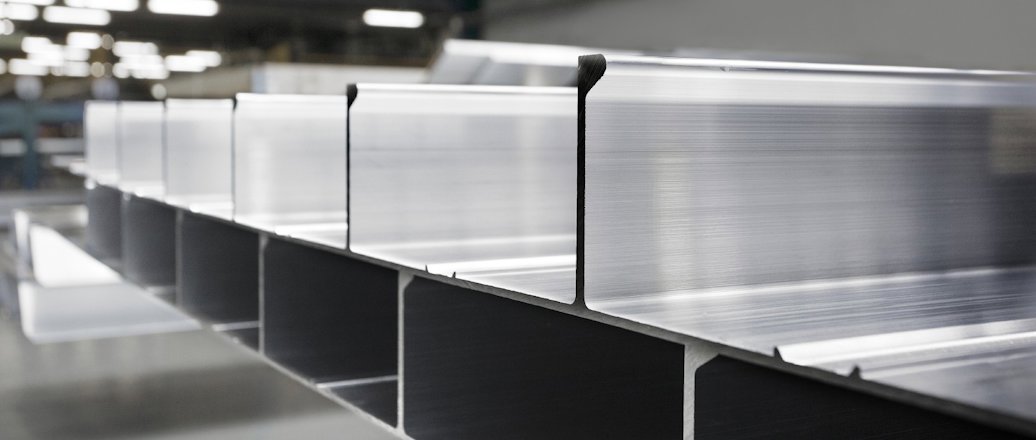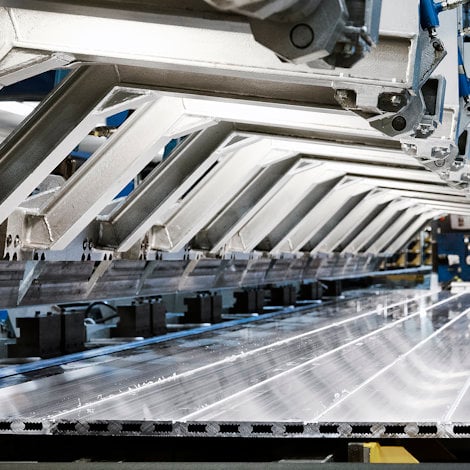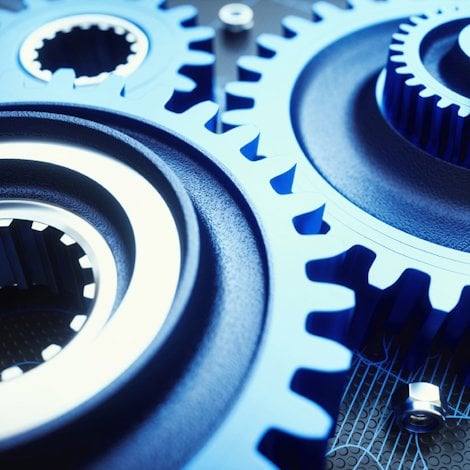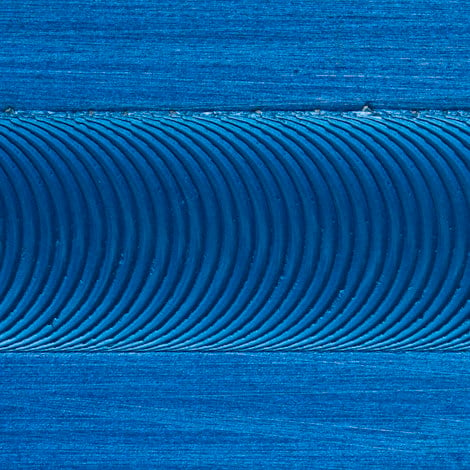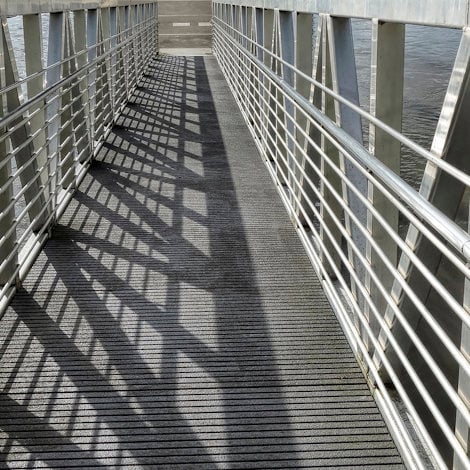Friction stir welding – increasing design freedom and cutting costs
Friction stir welding techniques have been advancing for more than two decades, transforming aluminium welding processes. Still, some people don’t trust FSW technology. Here’s why they should rethink.
Friction stir welding
Friction stir welding (FSW) has been used commercially for at least 20 years. Boeing was an early adopter in the aerospace industry and Apple used friction stir welding to improve the iMac in 2012. Even so, I still find people who are afraid of the technology.
But you can trust it. Here’s why.
What is friction stir welding?
With friction stir welding, the joining of two pieces of metal is done with a rotating tool, without melting the material. Friction between the tool and the material generates heat, which leads to a local softening of the metal around the tool. The joint is formed as the tool travels along the joint line, intermixing and forging together the material from two pieces of metal. Although widely applied to different materials, FSW is by far most commonly used on wrought or extruded aluminium, on structures demanding high strength and high-quality welds.
Advantages of friction stir welding
Friction stir welding offers important advantages. As a solid-state process, friction stir welding eliminates melt-related problems such as porosity and cracking. In addition, since the welding takes place at a temperature below the metal’s melting point, the results are minimal heat distortion and low residual stress levels, making it easier to control deformation. This is a major reason why the flatness of friction stir welding panels is superior to their fusion-welded equivalents in plate or profiles.
FSW makes it possible to join dissimilar materials with excellent weld integrity. Combinations include dissimilar aluminium alloys or even aluminium and copper, and aluminium and steel, though the latter combination is not yet fully commercialized.
Friction stir welding delivers higher joint strength compared to common fusion welding and it is more repeatable than other welding methods. The consistency is higher. No filler material, preheating or shielding gas is used. FSW leaves a neat and clean appearance that normally does not require any rework.
Why use friction stir welding?
Are you designing an aluminium product that requires long welds? Or a strong and impermeable aluminium frame to protect the batteries in an electric car? Maybe you are looking to cut your maintenance costs in offshore applications? Are your design options limited?
In short, this is what you get with friction stir welding, compared with traditional fusion welding:
- Increased strength
- Improved sealing with void-free and leakproof joints
- Welds flush with the parent material
- Tight tolerances due to reduced heat distortion
- Possibility to use thinner materials with equal joint strength
- Less training
The tensile strength performance of friction stir welded aluminum alloys is superior to arc welding, with consistently better joint efficiencies. Data also shows that the fatigue performance of friction stir welds is superior to that of arc counterparts.
Ensuring high quality FSW joints
Attention to several factors assures consistent and high quality FSW joints. A machine capable of withstanding high process loads and equipped with heavy duty fixtures and clamping to secure the material during welding is a must. Use of tools made of durable material and tool designs according to material grade, thickness and joint geometry are keys for efficient process. It is critical to select process parameters delivering stabile process and consistent high joint quality. Check the material variation, as tight tolerances and good fit up are paramount.
Which industries use friction stir welding?
Friction stir welding is being used for aluminium applications in industries that include:
• Rail
• Shipbuilding
• Automotive
• Transportation
• Power electronics
• Offshore
Interested in learning more about FSW?
Click on Friction Stir Welding. and download the in-depth white paper about this terrific joining process.

